December 21, 2024 | 18:33 GMT +7
December 21, 2024 | 18:33 GMT +7
Hotline: 0913.378.918
December 21, 2024 | 18:33 GMT +7
Hotline: 0913.378.918
Also known as Monthong, it originates from Thailand. The tree grows robustly with a pyramidal canopy shape, featuring long, lanceolate leaves that are glossy, flat and dark green. It has a wide adaptability range. When grafted and well cared for, it can bear fruit suitable for sale after 4 years of planting, with a period of 105 - 110 days from fruit set to harvest.
The yield is high and stable; a 9-year-old tree can produce 140 kg of fruit per tree. The fruit is cylindrical, weighing between 2.5 - 4.5 kg each. When ripe, the skin turns brownish-yellow and the flesh is a buttery yellow, with medium-thick fibers, easily separable segments, a rich and sweet flavor, moderate aroma and a high proportion of flesh (over 30%). A disadvantage of this durian variety is that it ripens slightly late.
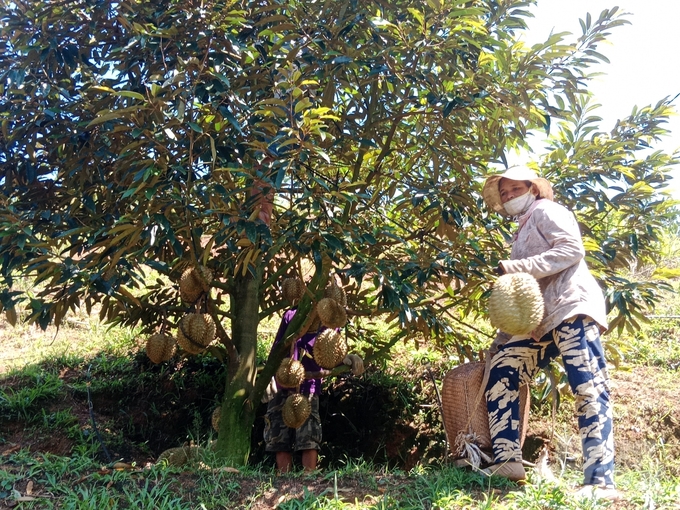
Dona durian variety is cultivated in Kon Plong District (Kon Tum). Photo: Hai Tien.
This is a local variety from Long Ho District, Vinh Long Province. The tree grows vigorously with a beautiful horizontal branching structure and a pyramidal canopy shape. Its leaves are oval-shaped with a dark green color on the upper side, and it has good resistance to pests and diseases. It thrives best in nutrient-rich soil. When grown from grafted plants and well cared for, it can produce fruit after 3 years of planting. The tree easily flowers and sets fruit and can be manipulated to produce off-season fruit.
The fruit ripens early, taking 100 - 105 days from fruit set to harvest. The fruit is elliptical, with an average weight of 2 - 2.5 kg each. When ripe, the skin is green, and the flesh is dark yellow, with no fibers, easily separable segments, a sweet and rich flavor and a strong aroma, with many seedless fruits and a high flesh ratio (over 31%). It has a high and stable yield; a 12-year-old tree can produce up to 200 kg of fruit. Being an early-ripening variety, it typically sells for a higher price due to the limited supply at the beginning of the durian season.
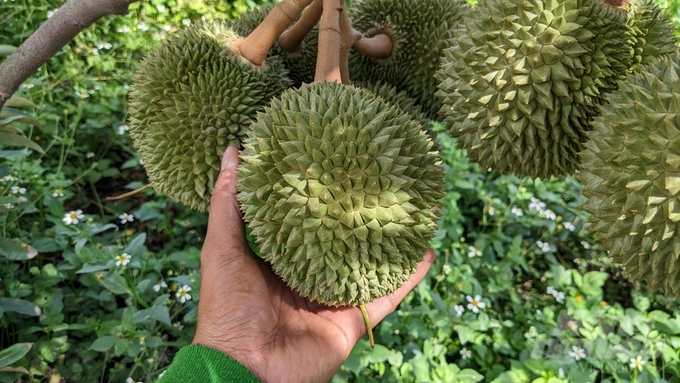
Dona durian variety is cultivated in Kon Plong District (Kon Tum). Photo: Hai Tien.
This is also a local variety originating from Cho Lach District (Ben Tre). The tree grows vigorously, with a pyramidal canopy shape, long lanceolate leaves that are slightly rounded at the tail, and a short apex. The upper surface of the leaves is dark green and glossy. It can produce fruit after 4 years of planting.
The tree is difficult to manage for flowering, but it has a high yield and fruit set ratio. The fruit ripens from medium to slightly late, taking 100 - 110 days from fruit set to harvest. The fruit is symmetrically round and quite large, weighing between 2.6 - 3.1 kg each. When ripe, the skin is light yellow, and the flesh is slightly soft, with no fibers, very rich, sweet, and aromatic, with many seedless fruits and a relatively high flesh ratio (28.8%). It has a high and stable yield; a 20-year-old tree can produce about 300 kg of fruit. A disadvantage of this variety is that it may have difficulty flowering in heavy rain, and the flesh will become mushy if harvested too late.
Originating from Malaysia, this variety was introduced to Vietnam in 2010 and is suitable for cultivation in the Central Highlands and the Mekong Delta.
The tree has many branches, with small, elongated leaves that are slightly yellowish green. The time from fruit set to harvest is 100 - 105 days. The ripe fruit is oval-shaped, weighing between 2 - 4 kg each, with a thin, light green skin that is distinctly divided into 5 grooves.
Musang King durian is highly resistant to Phytophthora diseases, and its quality remains unaffected by rain. The flesh is a rich yellow, sticky and fiber-free, with a high proportion of seedless fruit, reaching over 90%. A 20-year-old tree can yield up to 200 fruits per harvest.
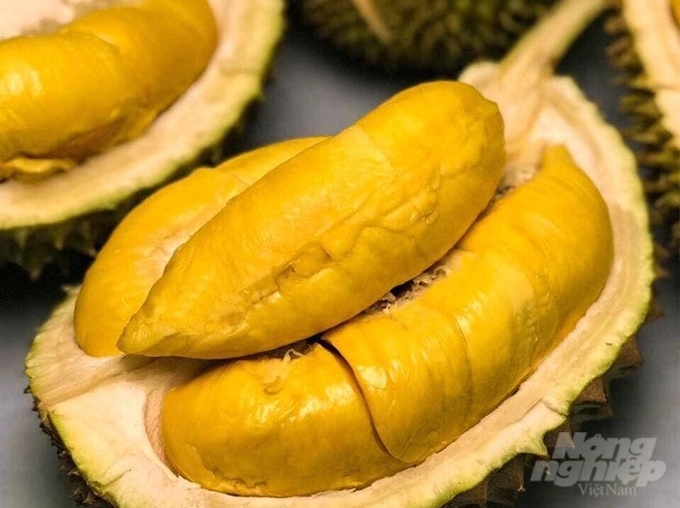
The flesh of the Ri6 durian variety is a deep yellow. Photo: Ngoc Hoa.
Note:
During the production development process, durians must not be planted from seeds but only from clonal varieties propagated through grafting buds or stem tips from recognized mother trees or nurseries approved by specialized agencies in the province.
Good quality durian plants must have a straight grafting rootstock with a diameter of 1 - 1.5 cm, a well-developed root system, an upright and sturdy stem, at least 3 primary branches and mature, healthy leaves that exhibit the characteristic shape and size of the variety. The height of the grafted plant should also be at least 80cm (measured from the substrate surface to the top of the plant). When leaving the nursery, the plants must be healthy, free from major pests and diseases such as anthracnose, Phytophthora diseases and aphids (according to the Durian Seedling Standard 10 TCN 477-2001).
For durian orchards aimed at export, in addition to selecting seedlings that meet the above standards and producing according to GlobalGAP, it is also essential to choose varieties with clear origins, good pest and disease resistance, high fruit quality and consumer preference, tailored to each export market.
Additionally, the seedlings must be permitted for production and trade in Vietnam or have been cultivated for many years in local areas, with documentation clearly stating the address of the organization or individual, the supply time, quantity, variety of seedlings, as well as technical processing methods for the seedlings and rootstocks. In cases of self-producing seedlings, it is necessary to clearly outline the propagation methods and how the seedlings are treated.
Translated by Phuong Linh
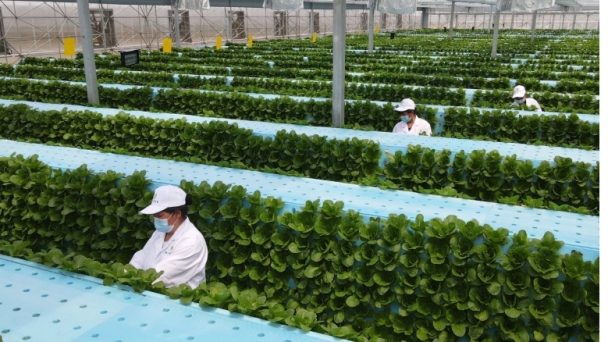
(VAN) China has reduced fertiliser use for eight consecutive years since 2015 and yet the country's agricultural output has steadily increased with 2024 grain production hitting a historic high.

(VAN) Equatic is among a wave of start-ups exploring how the ocean could be harnessed to capture and store carbon. But not everyone is sure it's such a good idea.
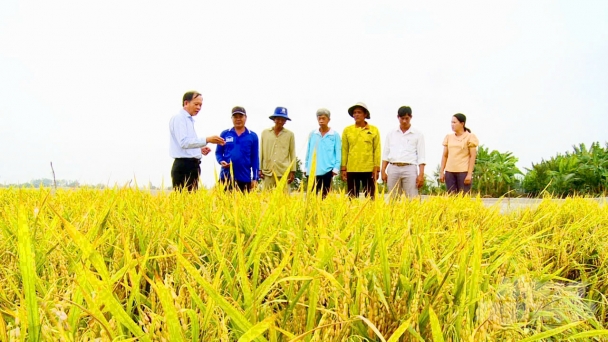
(VAN) An Giang has over 300,000 farmers directly engaged in rice production and 229 cooperatives playing a pivotal role in the implementation of the One Million Hectares of High-Quality Rice Project.
/2024/12/18/1550-3-080744_656.jpg)
(VAN) C.P. Vietnam continues to accompany Dong Thap province to build green embankments to protect land and prevent landslides on river banks in 12 districts and cities.
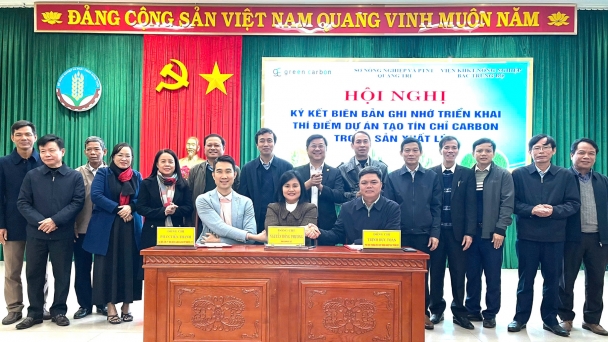
(VAN) The Quang Tri Department of Agriculture and Rural Development collaborates to pilot the Greenhouse Gas Emission Reduction Project in agriculture.
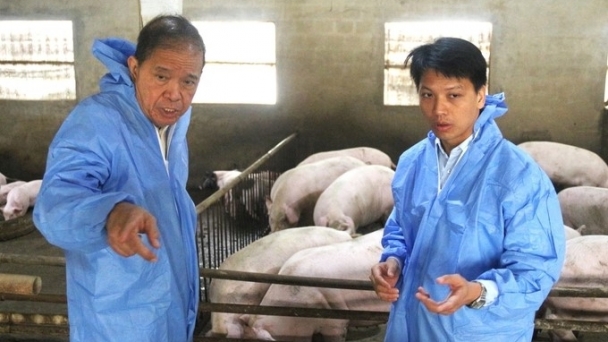
(VAN) Positive results in mass vaccination against African swine fever in Vietnam will become important evaluation bases for other countries.

(VAN) Ha Long Bay's 30-year journey as a recognized world natural heritage site is reflected through the numerous achievements in promoting its heritage's values.